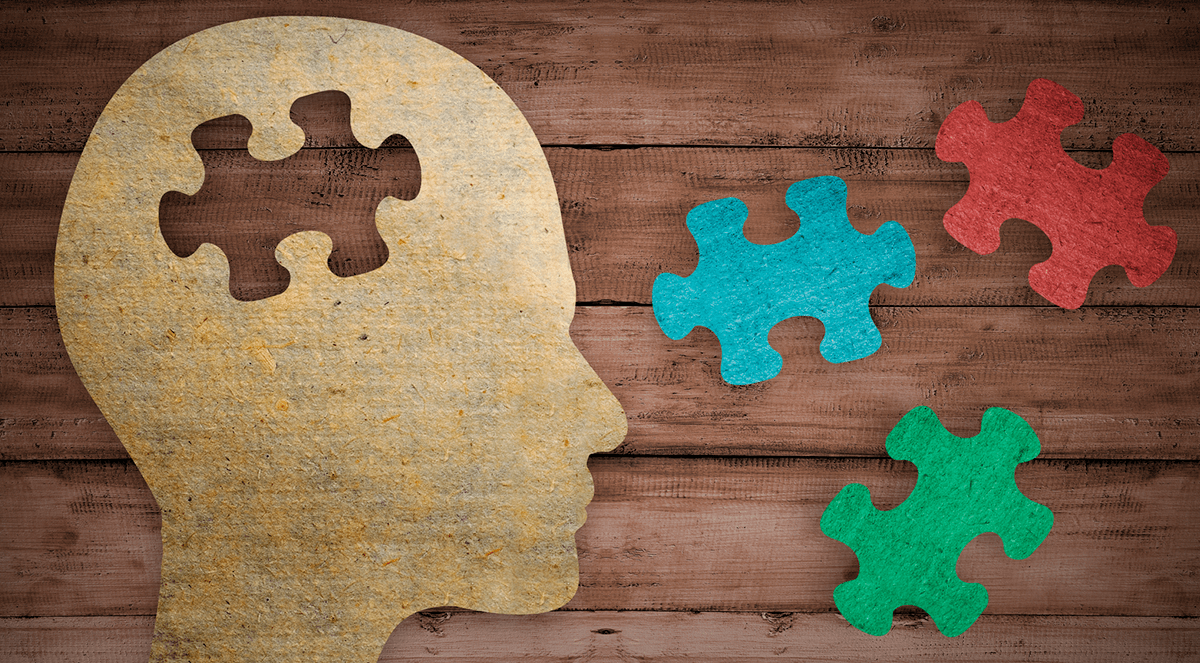As the fight against the COVID-19 epidemic continues, medical workers may have allostatic load.
During the reopening of society, medical and nonmedical workers were compared in terms of allostatic load.
An online study was performed; 3,590 Chinese subjects were analyzed. Socio-demographic variables, allostatic load, stress, abnormal illness behavior, global well-being, mental status, and social support were assessed.
There was no difference in allostatic load in medical workers compared to nonmedical workers (15.8 vs. 17.8%; p = 0.22). Multivariate conditional logistic regression revealed that anxiety (OR = 1.24; 95% CI 1.18-1.31; p < 0.01), depression (OR = 1.23; 95% CI 1.17-1.29; p < 0.01), somatization (OR = 1.20; 95% CI 1.14-1.25; p < 0.01), hostility (OR = 1.24; 95% CI 1.18-1.30; p < 0.01), and abnormal illness behavior (OR = 1.49; 95% CI 1.34-1.66; p < 0.01) were positively associated with allostatic load, while objective support (OR = 0.84; 95% CI 0.78-0.89; p < 0.01), subjective support (OR = 0.84; 95% CI 0.80-0.88; p < 0.01), utilization of support (OR = 0.80; 95% CI 0.72-0.88; p < 0.01), social support (OR = 0.90; 95% CI 0.87-0.93; p < 0.01), and global well-being (OR = 0.30; 95% CI 0.22-0.41; p < 0.01) were negatively associated.
In the post-COVID-19 epidemic time, medical and nonmedical workers had similar allostatic load. Psychological distress and abnormal illness behavior were risk factors for it, while social support could relieve it.
© 2020 The Author(s) Published by S. Karger AG, Basel.
Post-COVID-19 Epidemic: Allostatic Load among Medical and Nonmedical Workers in China.


